Patagonia Brodeo Recycled Beanie
Patagonia
The Patagonia Brodeo Beanie is a classic cuff beanie made with a recycled wool/recycled nylon/spandex blend.
An everyday, do-all hat for checking surf, biking into town for coffee and backpacking in the high country, the Brodeo Beanie features a warm blend of luxurious recycled wool and lightweight yet tough nylon. It feels smooth against skin, sheds moisture and insulates even when wet. A rib-knit cuff fits snugly around the ears for a good bond in bad weather. This beanie has a snug fit that will loosen with wear.
Features and Specifications
- Made from a warm and comfortable recycled wool/recycled nylon/spandex blend that’s itch-free and comfortable next to skin; it provides a snug fit that loosens with wear
- Designed with a rib-knit cuff to trap heat and provide a firm but not too tight grip in the wind
- Weight: 0.082 kg
- Materials: 70% recycled wool/26% recycled nylon/4% spandex
Recycled Wool
One of the ways we can lessen the impact of wool production is to recycle used wool.
The practice of recycling wool dates back hundreds of years. After wool sweaters had been worn threadbare, they were collected and shredded into individual fibers and then converted into blankets.
Patagonia’s recycled wool comes from this same process. Aided by modern-day quality controls, the wool goes through a meticulous sorting of materials into color categories prior to shredding. By selecting and blending colors of dyed wool fabrics and garments, we can completely eliminate the dyeing process, saving water and chemicals and eliminating the resulting wastewater.
Recycled Nylon
Although we’ve been using recycled polyester in our garments for 20 years, for some reason locked deep in polymer chemistry, nylon is more difficult to recycle than polyester. After years of research, development, and testing, we’re finally finding some recycled nylon fibers that are suitable for apparel.
Some of the recycled nylon we use comes from post-industrial waste fiber, yarn collected from a spinning factory, and waste from the weaving mills that can be processed into reusable nylon fiber.
We’re diligently searching for a success story with recycled nylon. The challenge lies ahead of us, and we’re committed to discovering the best methods to recycle nylon fiber, but it appears this evolution will take many years.






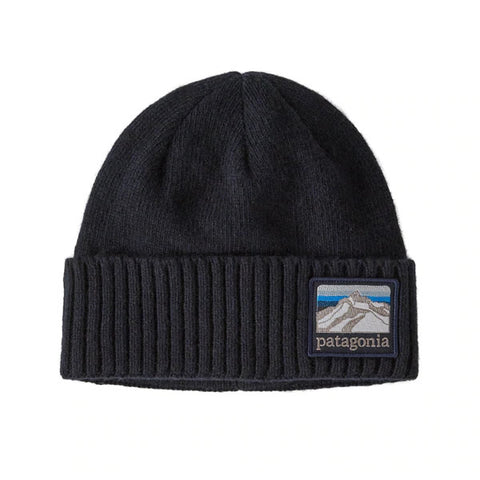


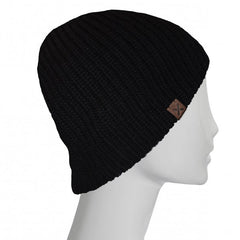
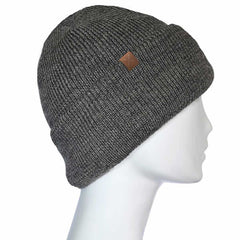

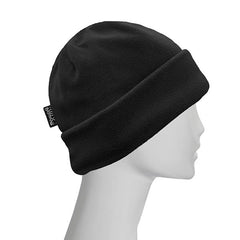
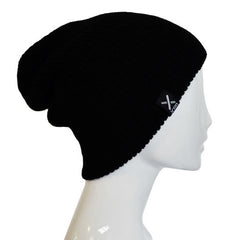

STAY IN TOUCH